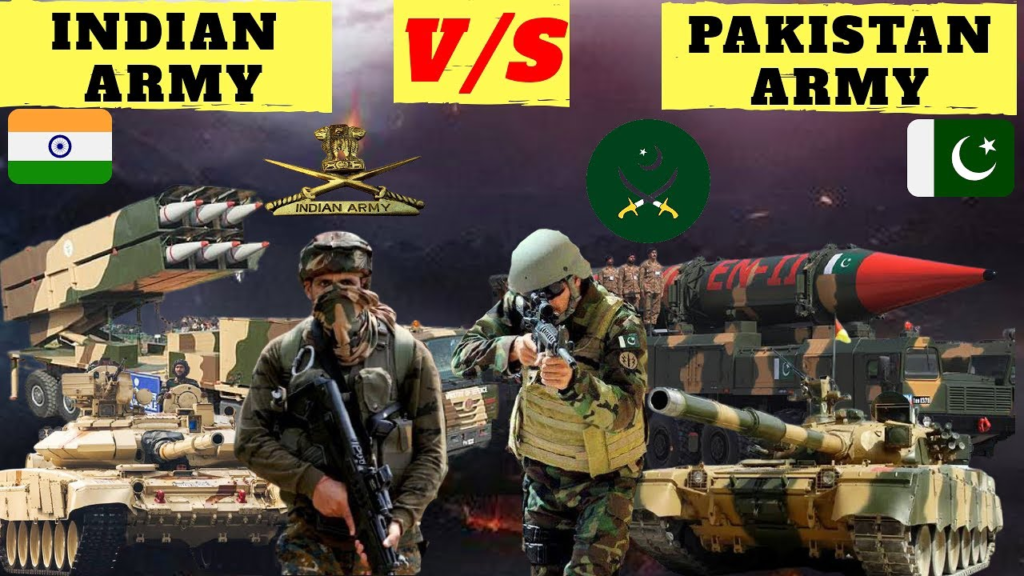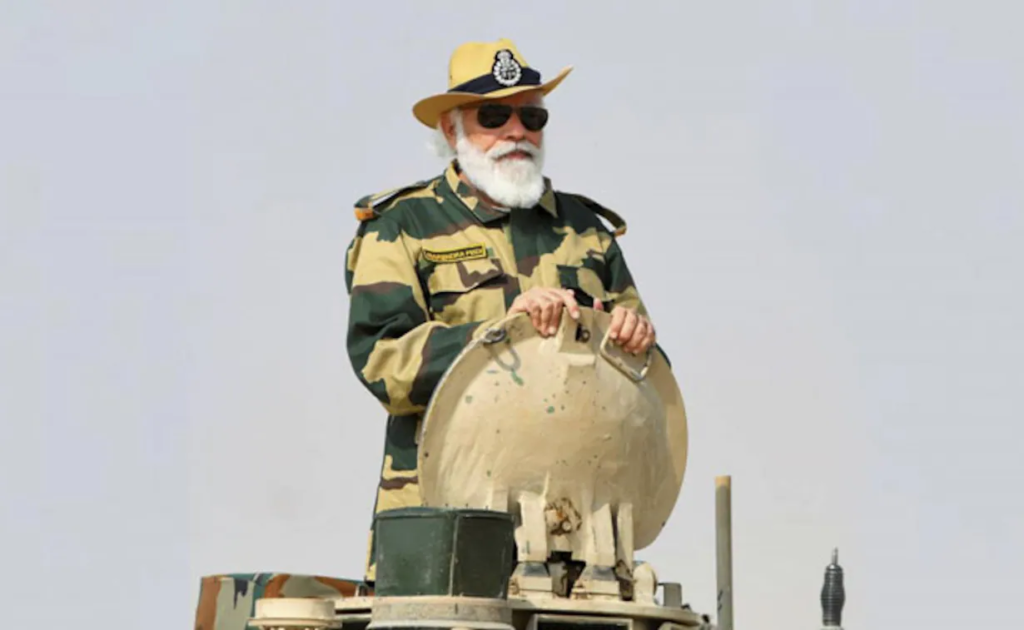India and Pakistan, two nuclear-armed giants of South Asia, share a turbulent and complex history. Their rivalry, often fueled by territorial disputes and ideological differences, has manifested in several wars and countless skirmishes.

However, beyond the political drama, lies a stark reality: a significant disparity in their military capabilities. Analyzing this disparity, while acknowledging its nuances, can offer valuable insights into the current geopolitical landscape of the region.
Numbers Tell a Story:
India boasts a significantly larger military force:
- Army: India’s 1.4 million active personnel dwarf Pakistan’s 523,000.
- Air Force: India’s 718 combat aircraft outnumber Pakistan’s 291.
- Navy: India possesses a larger and more diverse fleet, including aircraft carriers and submarines, while Pakistan focuses on smaller, agile crafts.
In terms of equipment, India holds an edge in most categories:
- Main Battle Tanks: India’s 4,272 tanks far exceed Pakistan’s 2,322.
- Artillery: India’s artillery units are more numerous and possess longer-range capabilities.
Beyond Numbers:
While numbers paint a clear picture of Indian dominance, it’s crucial to consider other factors:

- Experience: Pakistan’s military has engaged in more active combat in recent years, potentially giving them an edge in operational experience.
- Nuclear Deterrence: Pakistan’s possession of nuclear weapons, with an estimated 165-180 warheads compared to India’s 130-140, acts as a significant deterrent, albeit with potentially devastating consequences.
- Terrain and Geography: The mountainous terrain along the Line of Control presents unique challenges for both sides, potentially negating some of India’s numerical advantage.

The Road Ahead:
The military disparity between India and Pakistan presents a complex geopolitical reality. While India’s strength is undeniable, it’s crucial to remember that war in this region would come at a catastrophic cost. Both nations must prioritize dialogue, diplomacy, and regional cooperation to address their differences and ensure lasting peace.
A Note on Objectivity:
It’s important to acknowledge that any comparison of this nature is inherently subjective and can be viewed through various lenses. This article aims to provide a neutral analysis based on publicly available information. Ultimately, the interpretation of this information lies with the reader.
Israel has been a true friend to India. It stood with us when no one did. We owe Israel a debt of friendship.
— Major Gaurav Arya (Retd) (@majorgauravarya) October 7, 2023
Israel is under attack. Civilians are being killed. There is no going back now. And it is going to be a long and bloody war.
It is time to send Brahmos and Pinaka to…
